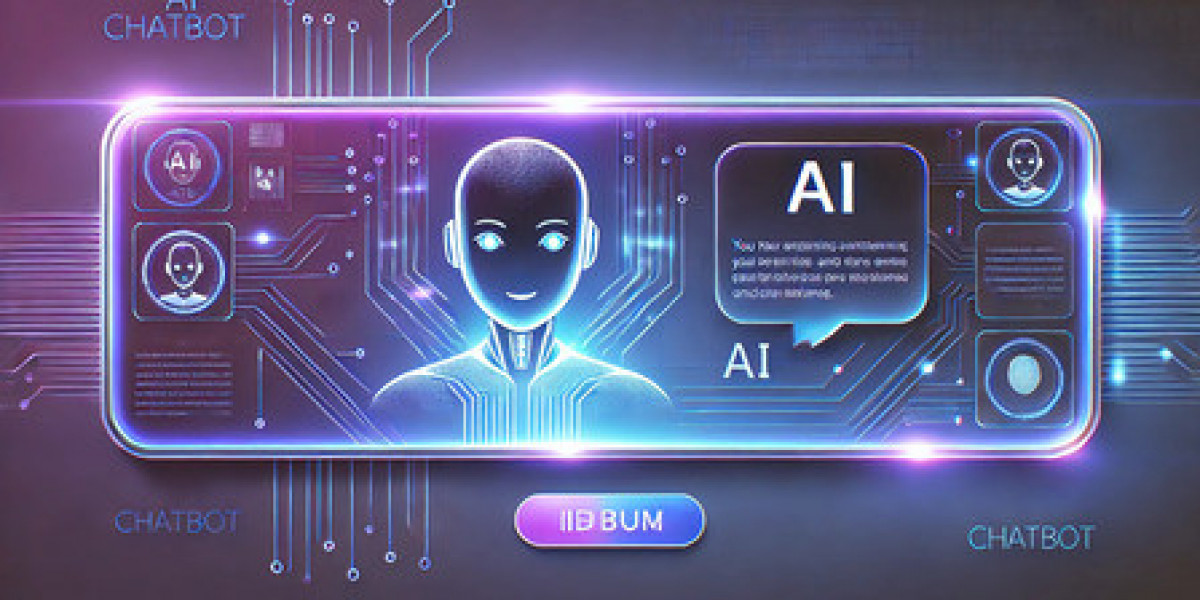Artificial Intelligence (AI), Machine Learning (ML), and Deep Learning (DL) are often used interchangeably, but they have distinct meanings. Many people get confused about how they relate to each other. While all three are connected, they differ in scope and functionality. This article breaks down their differences, how they work, and where they are used.
What Is Artificial Intelligence?
AI refers to the simulation of human intelligence in machines. It covers a broad spectrum of technologies that allow machines to perform tasks typically requiring human cognition, such as problem-solving, decision-making, and language understanding. AI can be divided into two main categories: narrow AI, which is designed for specific tasks, and general AI, which can perform any intellectual task a human can do.
AI powers various applications, from virtual assistants and chatbots to advanced robotics. It relies on different techniques, including rule-based systems, ML, and DL, to function effectively. While AI as a concept has existed for decades, its real-world applications have become more widespread due to increased computational power and data availability.
Understanding Machine Learning
Machine Learning is a subset of AI that focuses on training algorithms to learn from data. Instead of being explicitly programmed to perform a task, ML systems analyze data patterns to make predictions or decisions. This ability makes ML particularly useful in applications like recommendation systems, fraud detection, and medical diagnosis.
ML is typically categorized into three types:
Supervised Learning: The algorithm is trained on labeled data, meaning it learns from input-output pairs. For example, in email spam detection, the model is trained on emails labeled as spam or not spam.
Unsupervised Learning: The algorithm identifies patterns and relationships in data without predefined labels. Clustering and anomaly detection are common use cases.
Reinforcement Learning: The algorithm learns by interacting with an environment and receiving rewards or penalties. This approach is often used in robotics and gaming.
Although ML is a key component of AI, it does not cover all aspects of AI. Instead, it focuses on enabling machines to improve their performance through experience.
Deep Learning: A Specialized Branch of Machine Learning
Deep Learning is a subset of ML that uses neural networks with multiple layers to process data. It mimics the structure and function of the human brain to recognize patterns and features in large datasets. This makes DL particularly effective in image recognition, natural language processing, and speech recognition.
Deep Learning models, such as convolutional neural networks (CNNs) and recurrent neural networks (RNNs), are designed to process vast amounts of data. CNNs are commonly used in computer vision applications, while RNNs are effective in tasks involving sequential data, such as speech and language modeling.
Unlike traditional ML algorithms, which require feature extraction, DL models automatically learn relevant features. However, this also means that DL requires significantly more data and computational power to perform effectively.
Key Differences Between AI, Machine Learning, and Deep Learning
While AI, ML, and DL are interconnected, they have notable differences:
Scope
AI is the broadest term, encompassing both ML and DL.
ML is a subset of AI, focused on learning from data.
DL is a specialized ML technique that relies on neural networks.
Data Requirements
AI systems may not always require large datasets.
ML requires structured data for training models.
DL relies on vast amounts of data to function properly.
Complexity
AI includes both simple and complex algorithms.
ML models require feature engineering and data preprocessing.
DL models automatically extract features but require advanced computing resources.
Computational Power
AI applications vary in computational needs.
ML can operate on standard computing resources.
DL requires high-performance GPUs and cloud-based infrastructures.
Interpretability
AI-based rule-based systems can be easy to interpret.
ML models can be analyzed to some extent.
DL models, due to their complexity, function as black boxes, making them harder to interpret.
Applications of AI, ML, and DL in Real Life
AI, ML, and DL power many technologies that we interact with daily. Some real-world applications include:
AI in Healthcare: AI-powered diagnostic tools assist doctors in identifying diseases. AI chatbots also help answer medical queries.
ML in Finance: Banks use ML to detect fraudulent transactions and assess credit risks.
DL in Autonomous Vehicles: Self-driving cars rely on DL models to process sensor data and make driving decisions.
The Role of AI in Personal Assistants
Personal AI assistants have transformed the way people interact with technology. While many AI assistants focus on productivity, there are also AI-driven companions designed for emotional support and interaction. One such example is Rubii AI, which serves as an AI girlfriend, offering companionship and engaging conversations. These AI systems use ML and NLP techniques to learn from interactions and adapt to user preferences.
Keeping Up with AI and Tech Trends
AI and related technologies continue to evolve at a rapid pace. Staying updated with the latest advancements is crucial for businesses and individuals interested in AI-driven solutions. Platforms like Gramhirpro provide the latest AI and tech news, ensuring that readers have access to insights on new developments in the field.
Conclusion
Artificial Intelligence, Machine Learning, and Deep Learning are interconnected but distinct technologies. AI serves as the overarching concept, while ML enables machines to learn from data, and DL further refines this learning through deep neural networks. Each of these fields plays a crucial role in modern technology, impacting industries ranging from healthcare to finance. As these technologies continue to grow, their applications will only expand, shaping the future of innovation.










